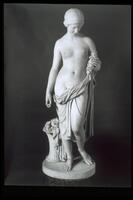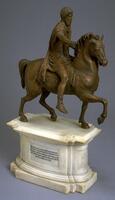41 UMMA Objects
41 UMMA Objects

Thai
Buddha, standing, in double abhaya mudra and dressed in royal attire
19th century
Anonymous Gift
1975/1.66
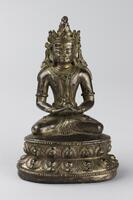
Tibetan (Tibetan (culture or style))
The Buddha Amitâyus, seated in padmasana on a double lotus base, holding a vase of amrita (the elixir of long life)
18th century
Gift of Dr. and Mrs. Leo S. Figiel and Dr. and Mrs. Steven J. Figiel
1980/2.279

Randolph Rogers (American (North American))
Nydia, the Blind Flower Girl of Pompeii
1861
Gift of Rogers Art Association
1862.1
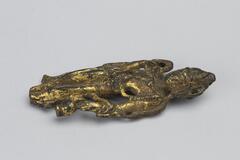
Chinese (Chinese (culture or style))
Boddhisattva
Gift of Professor Walter M. and Nesta R. Spink
2015/2.146

Aristide Maillol (French (culture or style))
Seated Nude
1881 – 1944
Gift of A. Paul and Ellen G. Victor
1985/1.127
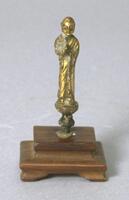
Chinese (Chinese (culture or style))
Standing figure of a monk, in anjalî mudrâ
7th century
Museum purchase for the James Marshall Plumer Memorial Collection
1961/2.72
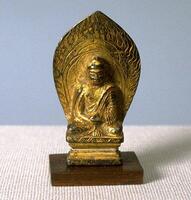
Chinese (Chinese (culture or style))
Buddha, seated in the padmasana pose, in dhyana mudra, with mandorla
433 – 466
Museum purchase for the James Marshall Plumer Memorial Collection
1964/2.94
Japanese (Japanese (culture or style))
Buddhist Figure
19th century
Transfer from the University of Michigan Center for Japanese Studies
2017/2.110.1A

Indian (Indian (South Asian))
Six-armed Bodhisattva Mañjusri, standing, with two celestial attendants
17th century
Gift of Dr. and Mrs. Leo S. Figiel and Dr. and Mrs. Steven J. Figiel
1978/2.109
Loading…
